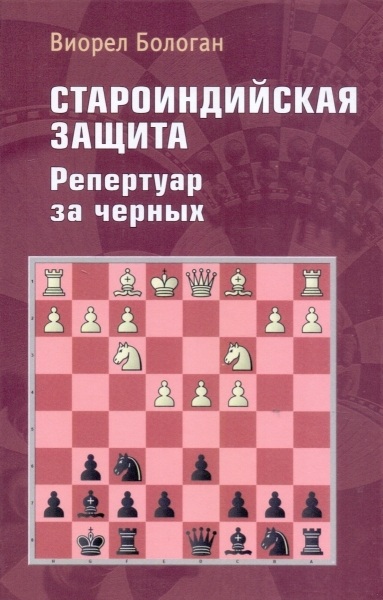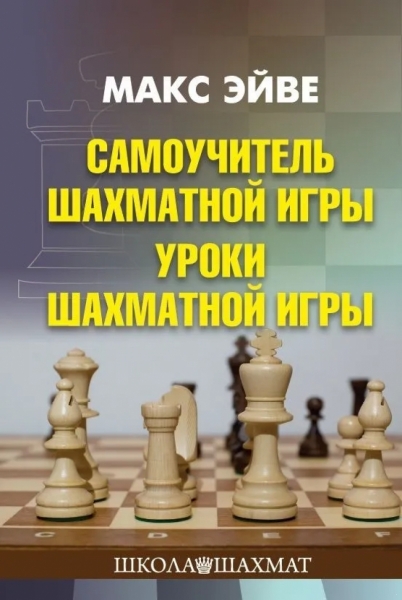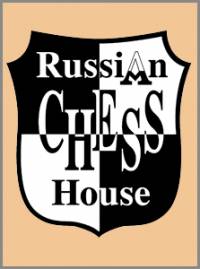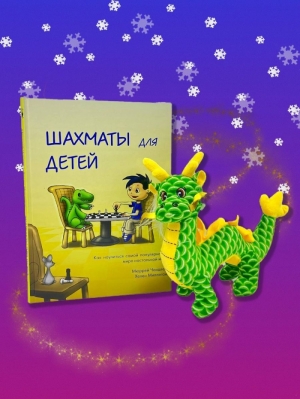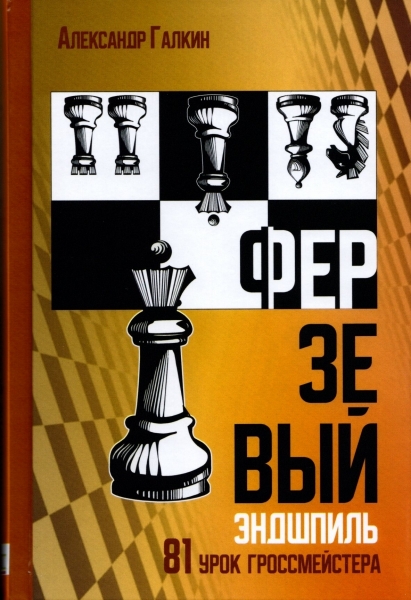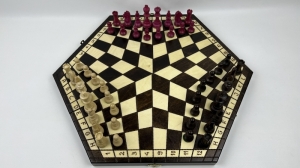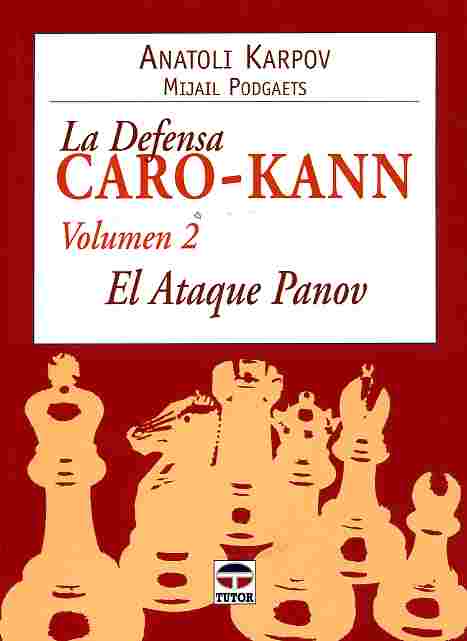Caro-Kann defense. Panov Attack
Description:
The Panov Botvinnik attack has a uniquely important place in chess lore. After Capablanca adopted the Caro Kann, it assumed a status as the solid way for Black to escape attacking efforts of e4 players. No more gambits or attacks, just simple solid play in the center. This was the last nail in the coffin of the "Romantic" age of chess.
-
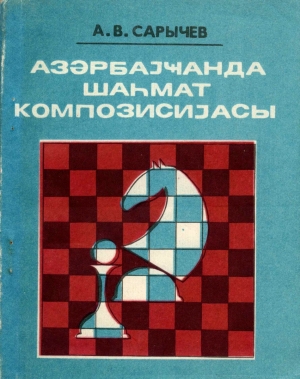 Chess composition in Azerbaijan / Азəрбаjҹанда шаhмат композисиjасы
Author:
Chess composition in Azerbaijan / Азəрбаjҹанда шаhмат композисиjасы
Author:
Sarichev 62.50 $ -
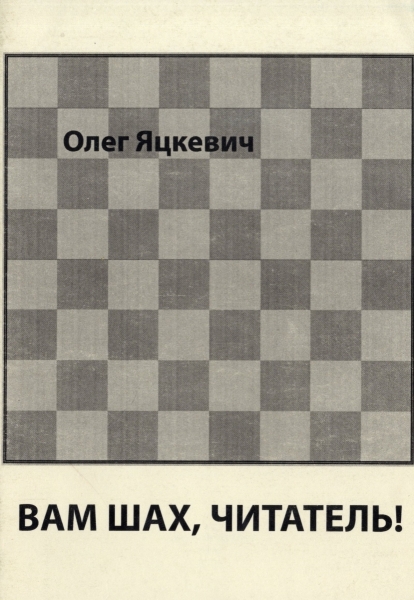 Check it out for you, reader
Author:
Check it out for you, reader
Author:
Yatskevich 15.00 $ -
 Notebook of the chess player of the Russian Chess Federation
4.25 $
Notebook of the chess player of the Russian Chess Federation
4.25 $
-
 Lessons of Mastery. Second edition, revised
Author:
Lessons of Mastery. Second edition, revised
Author:
Dvoretsky 18.75 $ -
 Alexandra Goryachkina: On the way to the chess Olympus
Author:
Alexandra Goryachkina: On the way to the chess Olympus
Author:
Kryakvin 18.75 $ -
 Complete Encyclopedia of Health by Dr. Zalmanov
Author:
Complete Encyclopedia of Health by Dr. Zalmanov
Author:
Zalmanov 16.00 $ -
 Invitation Fide candidates tournament 2020
92.50 $
Invitation Fide candidates tournament 2020
92.50 $
-
 64 chess review No. 1,2,3,4,5,6,7,8,9,10,11,12 for 2024 (Price per issue)
5.00 $
64 chess review No. 1,2,3,4,5,6,7,8,9,10,11,12 for 2024 (Price per issue)
5.00 $
-
 Antique pre-revolutionary wooden chess
187.50 $
Antique pre-revolutionary wooden chess
187.50 $
-
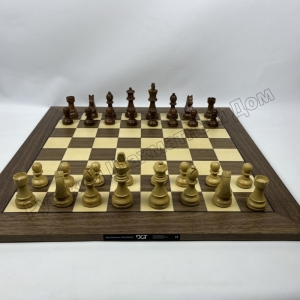 DGT Timeless Wooden weighted Chess Set Handcrafted with Non-Folding Board
600.00 $
DGT Timeless Wooden weighted Chess Set Handcrafted with Non-Folding Board
600.00 $
 Русский
Русский  Английский
Английский 